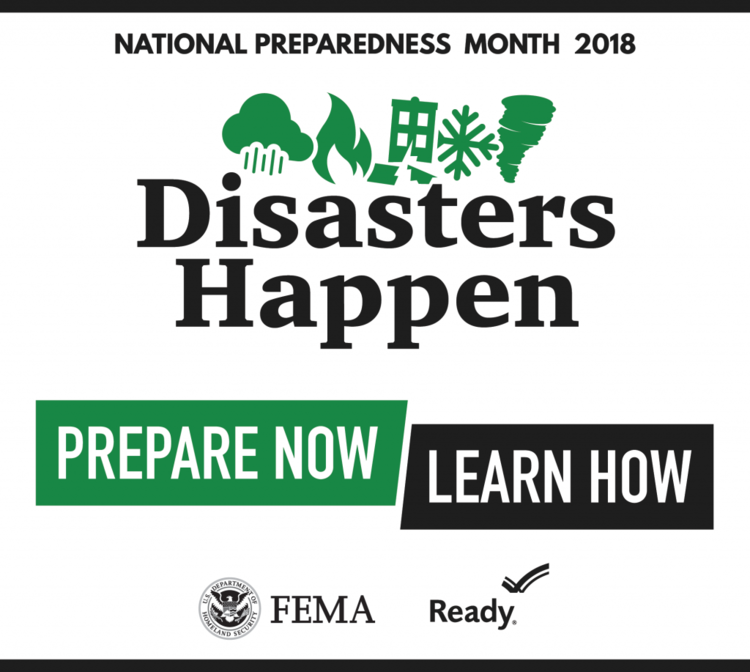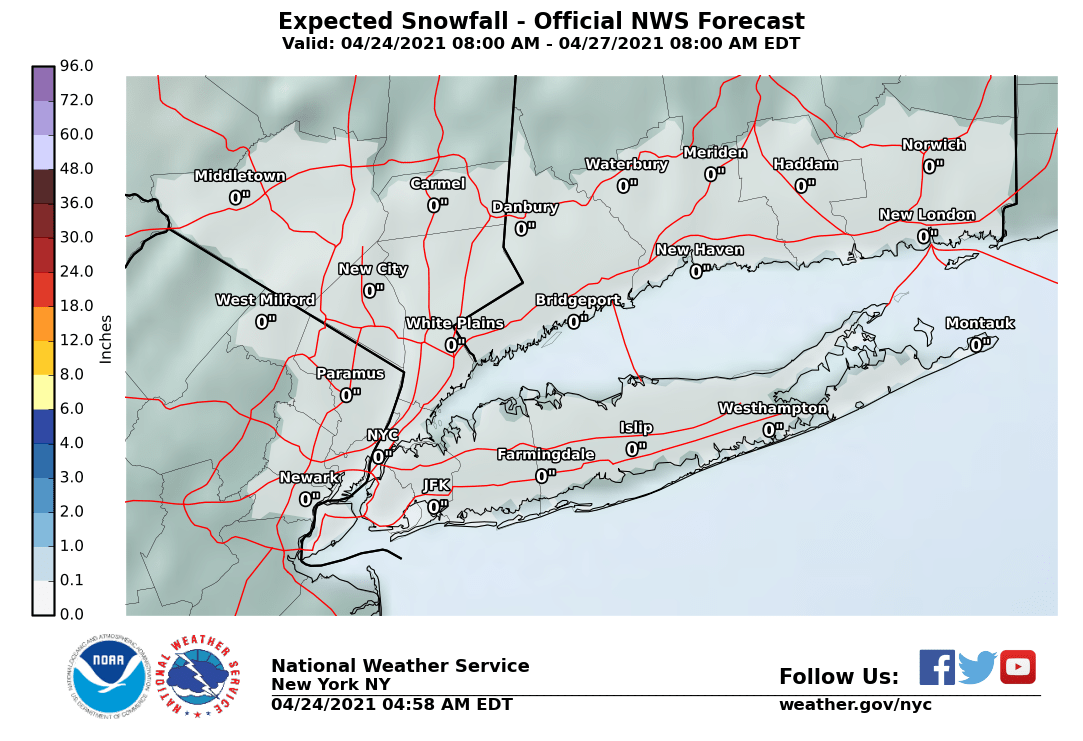DHS CISA Region-II Training & Exercise Coordinator, cordially invites you to participate in a one-day active shooter security workshop. Be advised Registration closes 11/13/2019 at 12:00 pm. Link is provided on the flyer and here https://www.govevents.com/
November 15th, 2019 (8:30am – 4:00pm)
Pace University, New York City Campus
One Pace Plaza (Student Center West)
New York, NY 10038
Preparing all of your constituencies for a potential active shooter incident is an integral component of an organization’s incident response planning. Because active shooter incidents are unpredictable and evolve quickly, preparing for and knowing what to do in an active shooter situation can be the difference between life and death. Every second counts.
A Unique Training Opportunity
Pace University and the Cybersecurity and Infrastructure Security Agency within the U.S. Department of Homeland Security, are hosting a one-day security workshop to enhance awareness of, and response to, an active shooter event:
- Educating participants on the history of active shooter events.
- Describing common behavior, conditions, and situations associated with active shooters.
- Fostering communication between critical infrastructure owners and operators and local emergency response teams. This course includes discussions of interoperability, communications protocols, and best practices for planning, preparedness, and response.
Who Should Participate?
This event is open to:
- Organization and corporate and facility security professionals and leaders from the private and public sectors
- Supervisory first responders
- Human resource managers
- Community response officials
- Homeland security representatives
Registration
- Registration for this event is free; please click here to register.
- Registration closes 11/13/2019 at 12:00 pm (EDT).
Please see attached flyer and invitation for more details on this workshop. We appreciate your engagement in this process; your participation will enhance and contribute significantly to building your organization’s incident response plans. Should you have any questions or concerns, please let us know.
Very Respectfully,
Stephen Allyn
Region-II Training & Exercise Coordinator (RTEC)
Cybersecurity & Infrastructure Security Agency (CISA)
Northeast & Caribbean NY~NJ~PR~USVI
Cell: (917) 710-4764 | Stephen.Allyn@hq.
Operation Desert Storm – Iraqi Freedom – Enduring Freedom

 New resource guide. Take a look at DHS’ new resource guide,
New resource guide. Take a look at DHS’ new resource guide, 
 Forecasters predict that Hurricane Florence will aim its “potential for unbelievable damage” at the Carolinas and Virginia and will not have a significant impact on the New York area.
Forecasters predict that Hurricane Florence will aim its “potential for unbelievable damage” at the Carolinas and Virginia and will not have a significant impact on the New York area.



